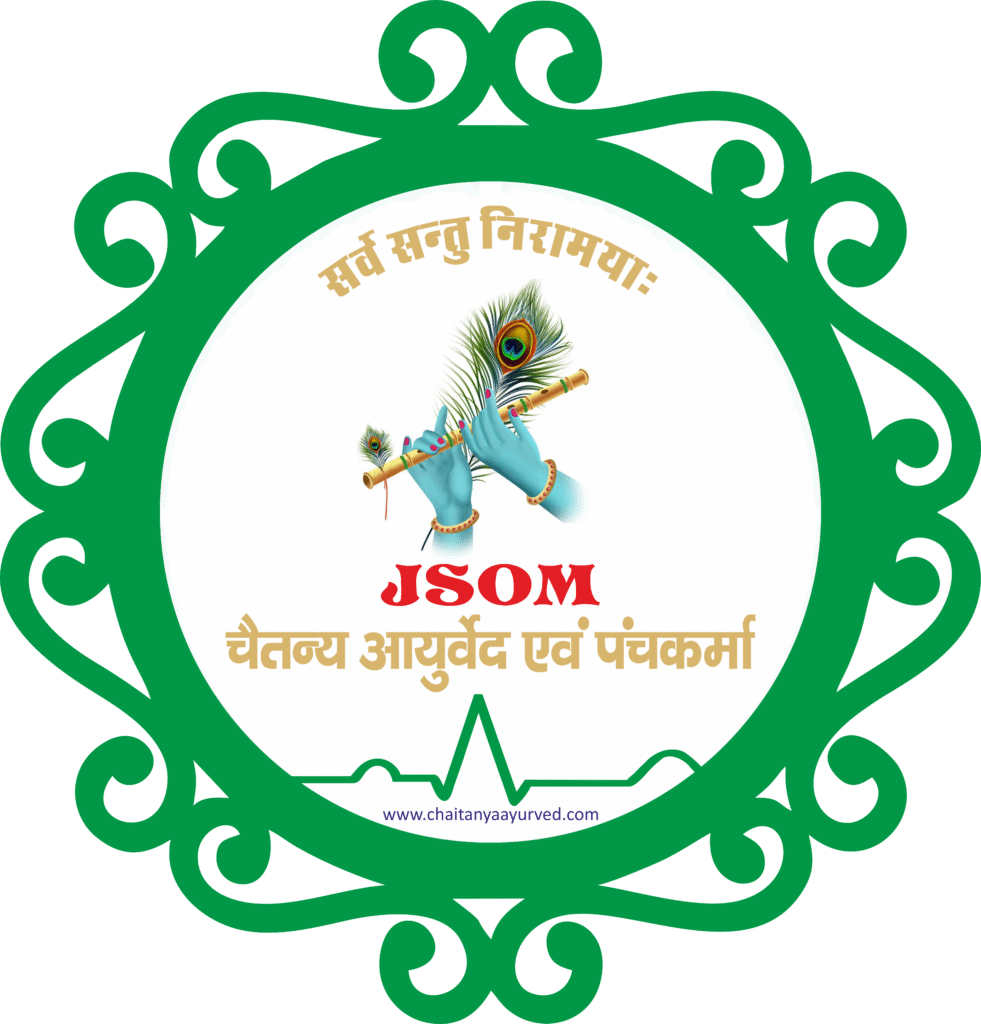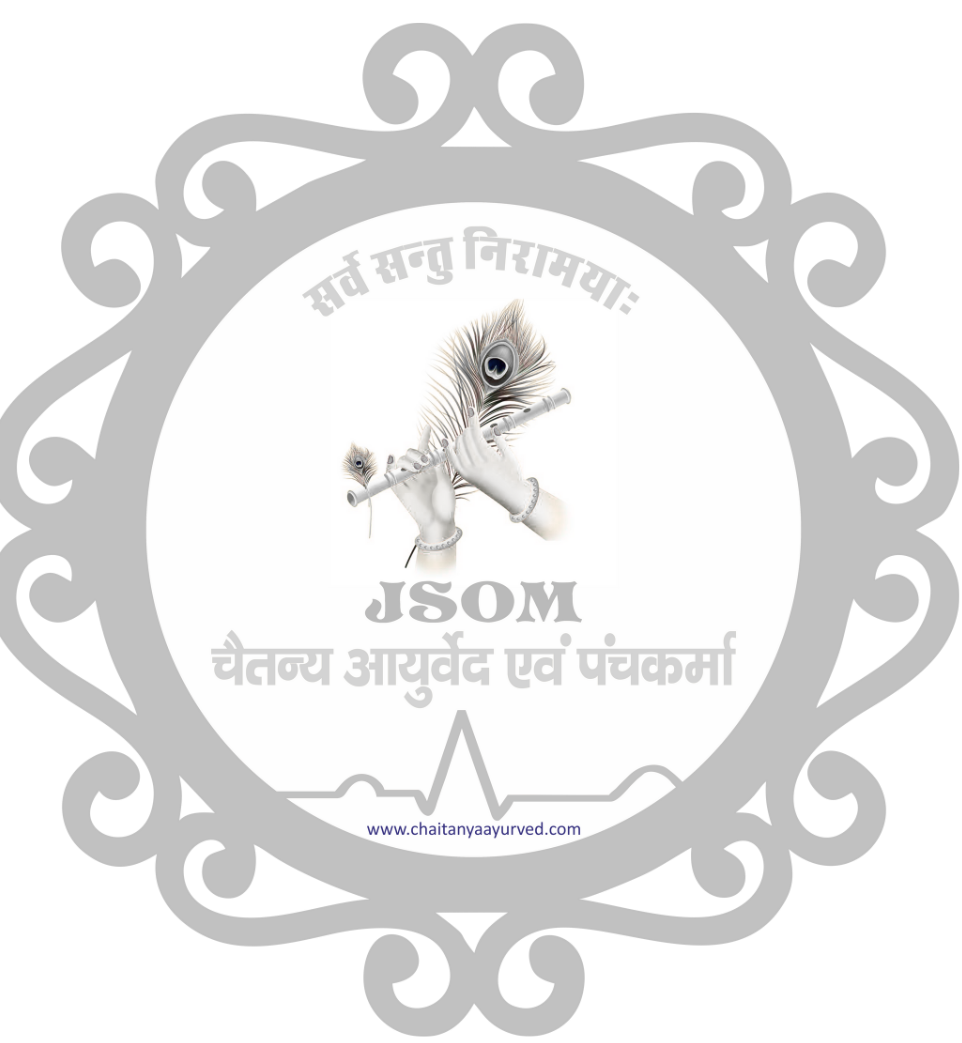Diabetic Neuropathy

Diabetic Neuropathy
Diabetic Neuropathy Therapy refers to medical and supportive treatments aimed at managing nerve damage caused by prolonged high blood sugar levels in people with diabetes.
Diabetic neuropathy most commonly affects the feet, legs, hands, and arms, causing symptoms like numbness, tingling, burning pain, and weakness.
The goal of therapy is to reduce pain, improve nerve function, prevent complications (like foot ulcers), and enhance quality of life.
Types of Diabetic Neuropathy
Medical Management
Medications for nerve pain (e.g., pregabalin, duloxetine, gabapentin)
Blood sugar control to prevent further nerve damage
Physical Therapy
Exercises to improve strength, flexibility, and balance
Gait training to prevent falls
Ayurvedic / Alternative Therapies (optional in integrative approach)
Abhyanga (oil massage) – Improves circulation and reduces stiffness
Marma therapy – Stimulates nerve function
Herbal medicines – For nerve nourishment
Foot Care Therapy
Regular cleaning, moisturizing, and inspection to prevent wounds and infections
Lifestyle Therapy
Dietary adjustments
Stress management techniques like yoga and meditation
How it Works
Blood Sugar Control: Prevents further nerve damage and helps slow progression.
Pain Management: Medications and therapies target nerve pain and discomfort.
Nerve Stimulation: Physiotherapy and massage increase blood flow to nerves, supporting healing.
Muscle Support: Exercises maintain mobility and prevent muscle weakness.
Foot Care: Prevents serious complications like ulcers or gangrene.
Benefits of Diabetic Neuropathy
Reduces burning, tingling, and stabbing pain
Improves balance and walking ability
Prevents foot injuries and ulcers
Enhances blood circulation in affected limbs
Slows down nerve degeneration
Improves sleep and quality of life
Reduces dependency on pain medications (when managed well)
Precautions
Always check blood sugar before and after exercise
Avoid walking barefoot to prevent injuries
People with severe foot ulcers or infections should not do certain therapies until healed
Inform the therapist about other health conditions like heart disease or kidney problems
Any alternative therapy should be supervised by a qualified professional
Typical Session
Duration: 30–60 minutes
Process:
Health assessment and foot inspection
Gentle massage or physiotherapy exercises
Nerve stimulation techniques (manual or device-assisted)
Relaxation and circulation-enhancing activities
Patient education on home care and foot safety
Frequency: 2–3 times per week for active therapy; ongoing home care daily
Aftercare: Maintain foot hygiene, wear proper footwear, and monitor blood sugar regularly

